For decades, many Americans relied on certain states to deliver affordable housing and a lower cost of living—but that’s no longer the case. The same places that once welcomed first-time buyers with open arms are now seeing home prices skyrocket, inventories dwindle, and competition get fiercer by the month. It’s a tough shift for hopeful homeowners, especially those without equity from a previous sale. If you’re shopping for your first home in 2025, here are 14 states where it’s suddenly harder than ever to buy in.
1. Arizona

Arizona used to be a haven for retirees and first-time buyers alike, offering sun, space, and manageable mortgage payments. But as reported by Forbes, cities like Phoenix and Tucson have seen dramatic price growth, fueled by pandemic-era demand and out-of-state buyers. Now, even modest starter homes are well beyond what many locals can afford. The median home price in Phoenix is hovering near $450,000, a big leap from just five years ago.
What’s worse, wage growth hasn’t kept pace with rising costs. This mismatch has pushed many young buyers out of the running entirely. Rents remain high, too, making it harder to save for a down payment. Once considered a budget-friendly alternative to California, Arizona is now pricing out its own residents.
2. Idaho
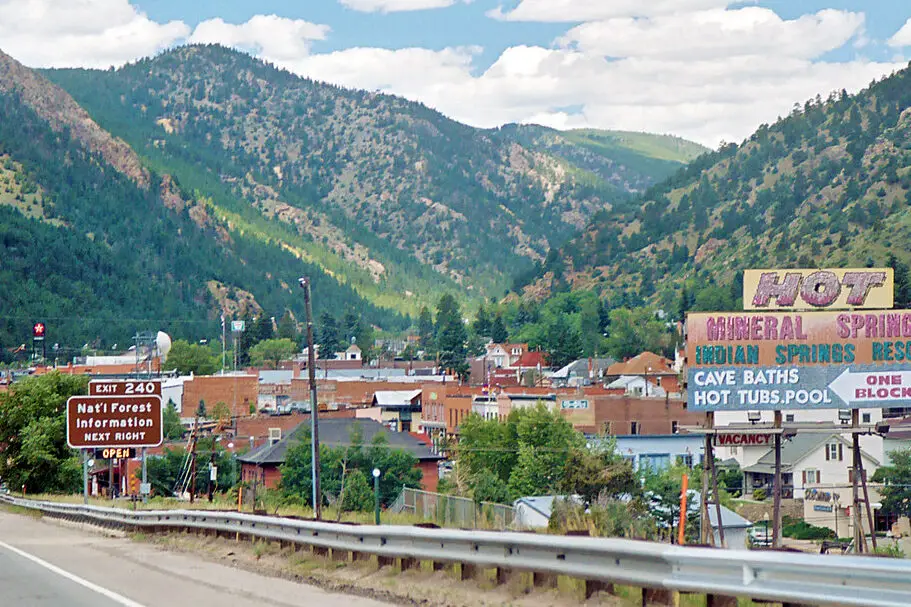
Idaho’s affordability was one of its main attractions during the early 2010s, especially for people relocating from more expensive states. But according to Redfin, home prices in cities like Boise have more than doubled since 2015—outpacing income growth by a wide margin. The influx of remote workers and investors has added fuel to the fire. Now, many first-time buyers are left on the sidelines, unable to compete.
Boise in particular has shifted from sleeper city to hotspot, and the market hasn’t caught its breath since. High demand, low supply, and bidding wars have pushed starter homes into the $400K+ range. Locals are finding themselves priced out of their own neighborhoods. The dream of buying in Idaho is still possible—but a lot harder than it used to be.
3. Utah
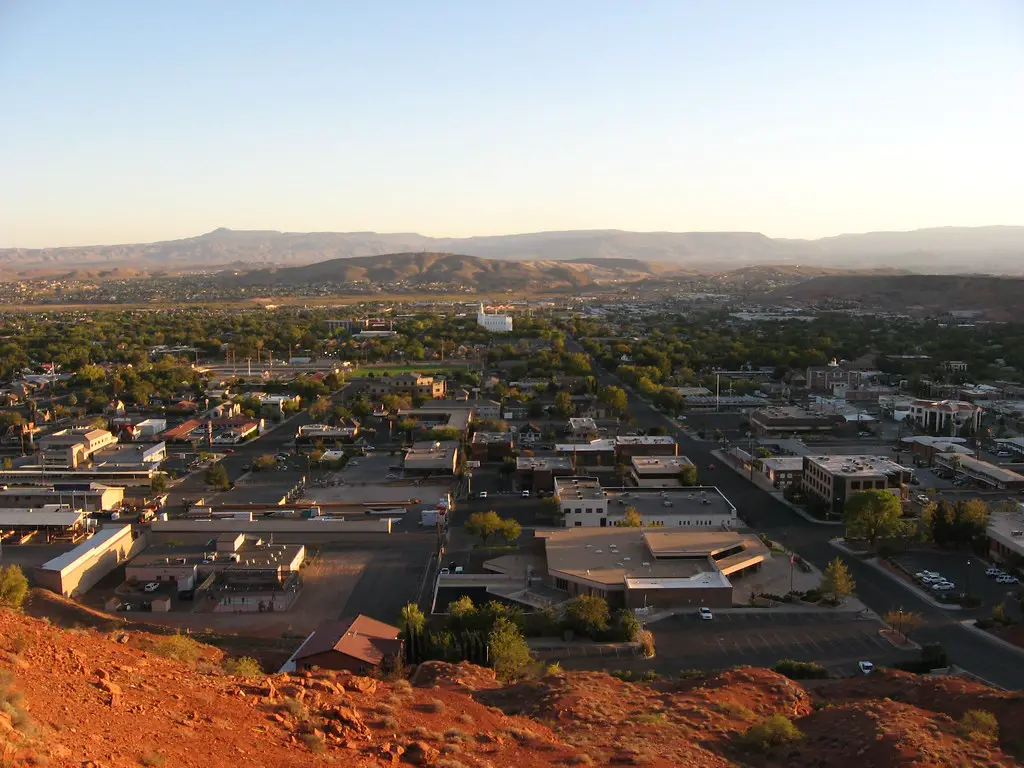
Utah’s fast-growing cities like Salt Lake and Provo were once affordable gems for new homeowners. But as Zillow notes, the state’s median home price has surged dramatically, making it one of the most expensive inland markets in the country. With high population growth and limited housing inventory, competition remains fierce. First-time buyers are often outbid by investors or priced out altogether.
What’s surprising is how fast the change came. In less than a decade, Utah transformed from an affordable option to a high-stakes housing market. Even small, entry-level homes are selling at prices that would’ve been considered luxury a few years ago. It’s a tough time to be shopping for your first mortgage in the Beehive State.
4. Montana
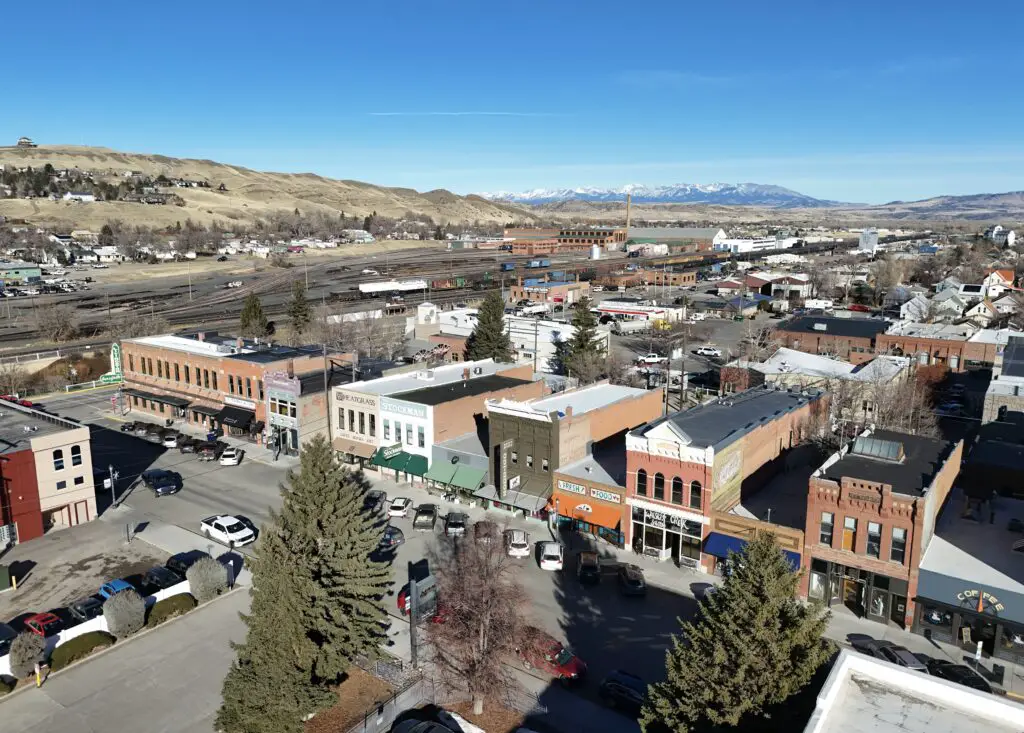
Montana has seen a real estate explosion in recent years, thanks in part to its appeal during the remote work boom. As highlighted by Realtor.com, cities like Bozeman and Missoula have become some of the priciest per square foot in the interior West. Homes that once sold for $200K are now closer to $600K in some areas. And with limited inventory, competition is still fierce.
Local wages haven’t risen nearly fast enough to keep pace. Many first-time buyers are forced to look in more rural, isolated areas just to stay within budget. That adds commuting and infrastructure challenges into the mix. Montana might still offer big skies—but those skies come with a big price tag.
5. Nevada

Nevada, especially around Las Vegas and Reno, has seen steep housing inflation over the last five years. While it was once a go-to for Californians seeking affordability, prices have climbed significantly. Entry-level homes that were once under $250K now routinely list for twice that amount. And with interest rates still high, monthly mortgage payments are no longer easy to swing.
Rising demand from out-of-state buyers has made it tough for locals to keep up. The influx has strained housing stock, leading to fierce bidding wars on modest properties. Even condos have become out of reach for many first-timers. The state’s affordability advantage is quickly slipping away.
6. Texas
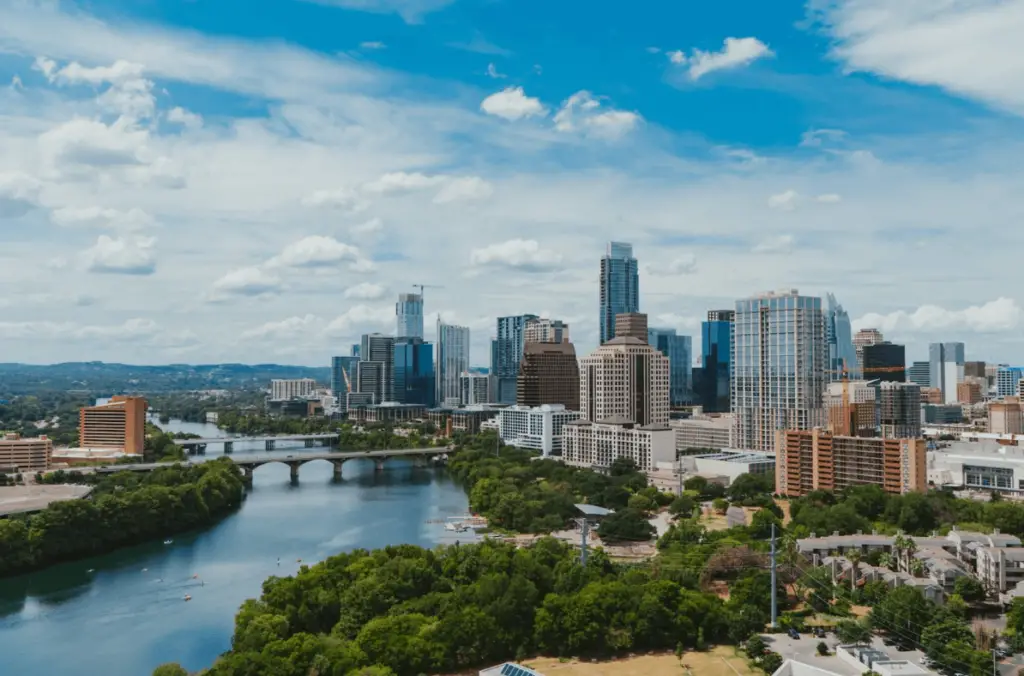
Texas has long been praised for its low taxes and budget-friendly real estate—but that narrative is changing fast. Cities like Austin, Dallas, and Houston have seen a huge influx of transplants and investors, which has driven up prices statewide. Entry-level buyers are now struggling to find anything under $350K. And in Austin, even small fixer-uppers are crossing the half-million-dollar mark.
The state’s popularity is partly to blame, as demand has far outpaced supply. That’s made it harder for locals, especially younger buyers, to compete. Builders are focusing on higher-end homes, which further limits the pool of affordable options. Texas might still be cheaper than coastal states—but for first-timers, it’s no longer easy.
7. Florida
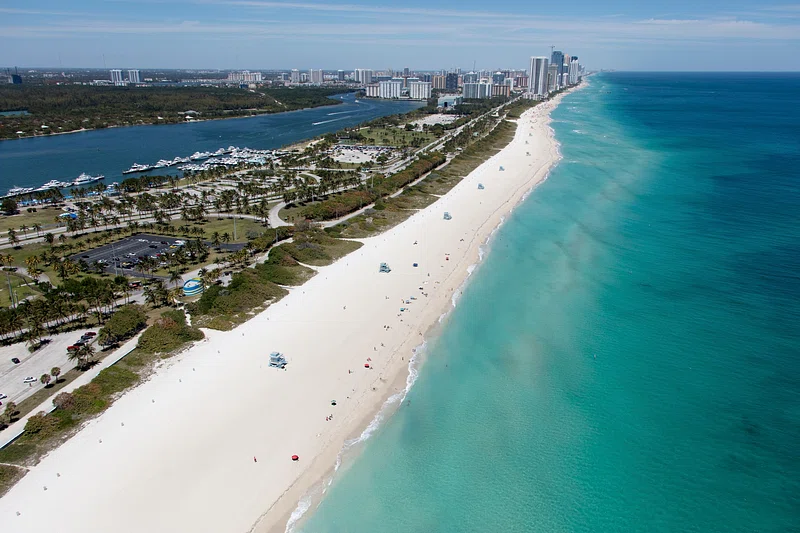
Florida remains popular for snowbirds and investors, but that interest has made things difficult for first-time buyers. Prices in cities like Tampa, Orlando, and Miami have shot up sharply since 2020. With high demand and constrained supply, competition remains brutal. Even townhomes and condos are selling above asking.
Insurance costs and climate risks are also complicating things, especially for new buyers unfamiliar with Florida’s storm zones. Property taxes and maintenance fees add hidden costs. For young buyers, the dream of a starter home near the beach is getting increasingly out of reach. Sunshine comes at a premium now.
8. Colorado
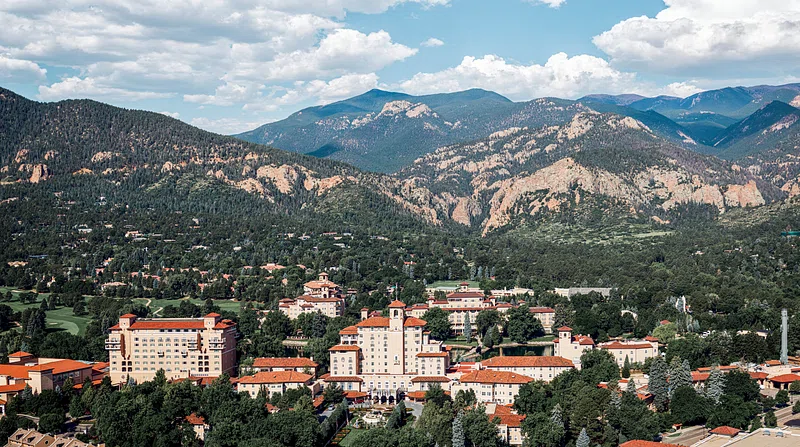
Colorado’s rise in cost-of-living has pushed many first-time buyers to the sidelines. The Denver metro area has seen consistent price growth year after year, with few signs of a slowdown. Even mountain towns that were once affordable—like Colorado Springs—are now pricing out younger buyers. Demand from remote workers has played a big role in the surge.
For locals trying to stay close to family or jobs, the options are limited. The state’s natural beauty is a major draw, but it’s no longer enough to justify the steep costs for entry-level homeowners. Down payments of $80K+ are becoming the norm. That’s a tough ask for someone just starting out.
9. Tennessee

Tennessee’s popularity has soared in recent years, especially in cities like Nashville and Chattanooga. Unfortunately, that popularity has driven up housing prices beyond what many first-time buyers can afford. Starter homes in Nashville now regularly top $400K. Meanwhile, wages in the region haven’t kept up.
The bidding wars that defined the past few years may have slowed, but competition is still strong. Out-of-state buyers continue to enter the market with cash offers. For locals without that kind of leverage, it’s an uphill climb. Tennessee may still be growing—but it’s growing out of reach for many.
10. North Carolina
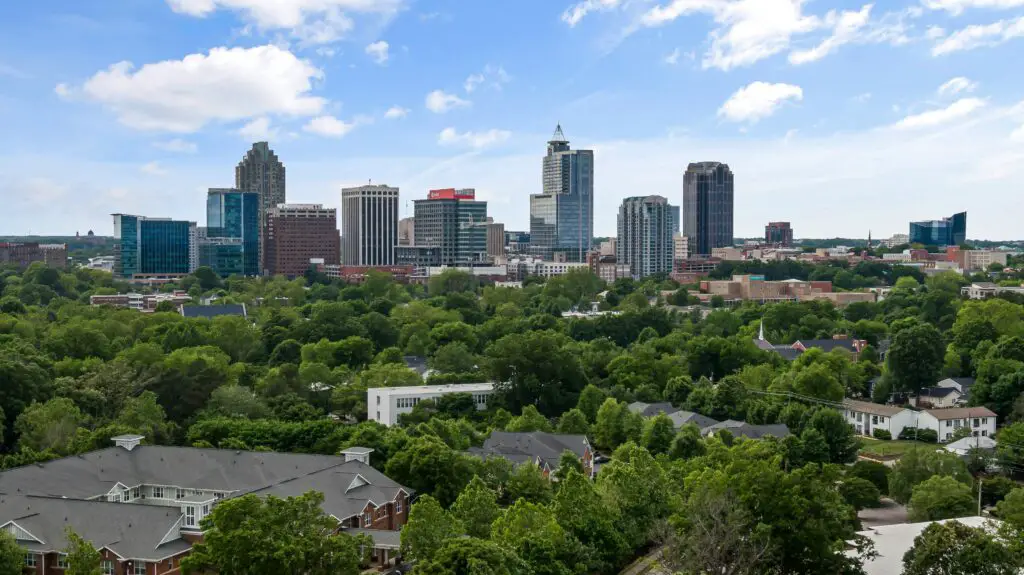
North Carolina was once a reliable option for first-time homeowners looking for charm and affordability. Now, cities like Raleigh, Durham, and Charlotte are seeing sustained price increases. Median home prices in these areas have reached levels that would’ve seemed impossible just a few years ago. Builders are leaning toward larger, more expensive homes that don’t cater to entry-level buyers.
Despite steady job growth, many buyers still can’t qualify for a mortgage large enough to stay local. Even smaller towns nearby are catching up in price. The market may not be hostile—but it’s certainly not welcoming. First-time buyers have to get creative or move farther out.
11. Oregon

Oregon’s housing market has become increasingly competitive, particularly in Portland and surrounding suburbs. Inventory remains low, and prices have stayed high, despite slight market cooling in late 2023. Entry-level buyers are finding few, if any, homes within reach. Property taxes and insurance add to the challenge.
Urban sprawl is also pushing buyers into less developed, more remote areas. But those areas come with fewer amenities and longer commutes. For many first-time buyers, the dream of owning in Oregon is now a financial stretch. Affordability has taken a back seat to demand.
12. Washington

Washington State is grappling with affordability issues that extend beyond Seattle. Cities like Spokane and Tacoma have seen major price increases in the last five years. Young buyers hoping for a starter home under $300K are mostly out of luck. And with high closing costs and taxes, the true price is often even higher than expected.
The tech boom brought opportunity but also housing inflation. Even with more listings available, demand remains high enough to keep prices elevated. For first-timers, navigating this market is difficult without a big down payment or dual incomes. Washington’s affordability window may have closed for now.
13. Georgia
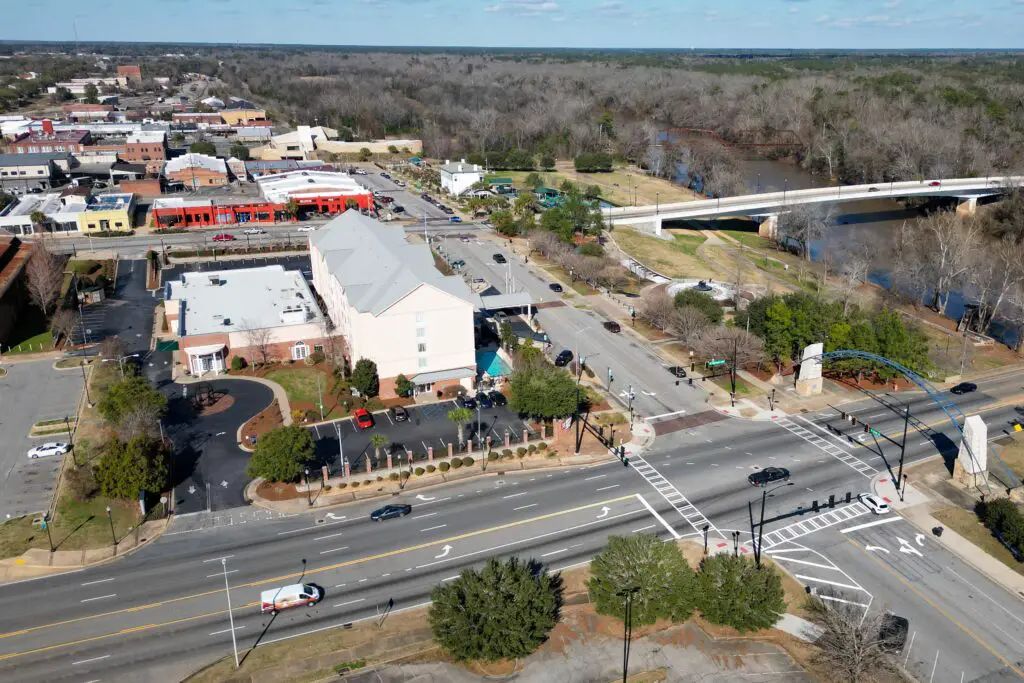
Georgia has become a popular relocation state, especially for buyers from more expensive regions. But that popularity has come at a cost. In Atlanta, even modest homes are now priced well over $400K in many neighborhoods. This shift has locked out many younger buyers or forced them into long commutes.
Local wages and cost-of-living benchmarks haven’t adjusted quickly enough to keep up. That’s created a growing gap between what homes cost and what buyers can afford. Many new buyers are feeling frustrated and discouraged. Georgia’s charm remains—but it’s no longer cheap.
14. South Carolina
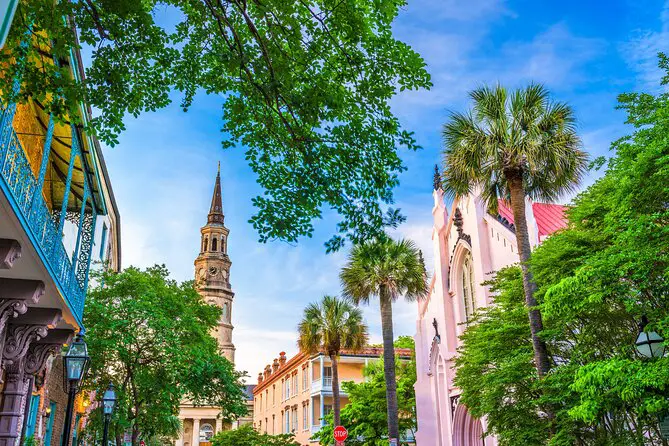
South Carolina’s coastal charm and slower pace of life once made it ideal for first-time homebuyers. But towns like Charleston and Greenville have seen steep price climbs, especially since 2020. Demand has surged, but new construction hasn’t kept up. As a result, even starter homes are now out of reach for many locals.
Add in rising insurance costs and property taxes, and it’s a recipe for affordability struggles. Young families and professionals are being priced out of neighborhoods their parents could afford. It’s a different housing landscape than even five years ago. First-time buyers need to act fast—or look elsewhere.
